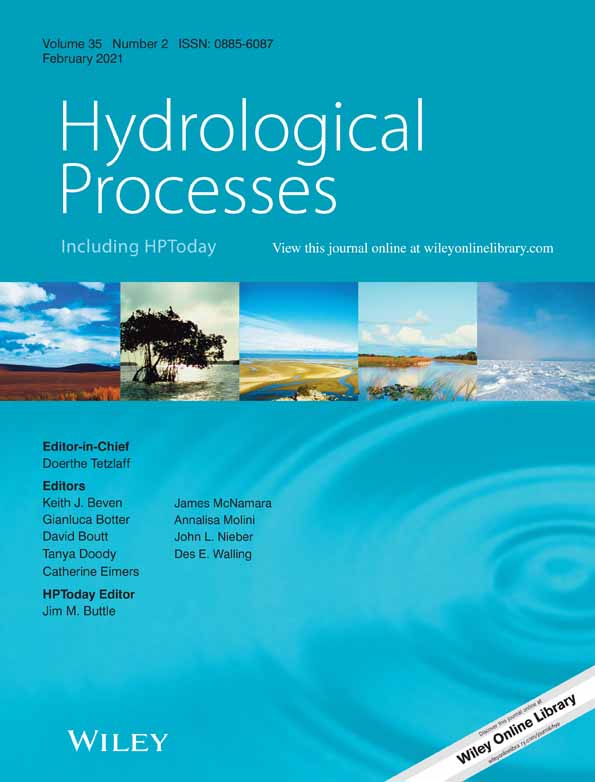Long-term research catchments to investigate shrub encroachment in the Sonoran and Chihuahuan deserts: Santa Rita and Jornada experimental ranges
Abstract
Woody plant encroachment is a global phenomenon whereby shrubs or trees replace grasses. The hydrological consequences of this ecological shift are of broad interest in ecohydrology, yet little is known of how plant and intercanopy patch dynamics, distributions, and connectivity influence catchment-scale responses. To address this gap, we established research catchments in the Sonoran and Chihuahuan Deserts (near Green Valley, Arizona and near Las Cruces, New Mexico, respectively) that represent shrub encroachment in contrasting arid climates. Our main goals in the coordinated observations were to: (a) independently measure the components of the catchment water balance, (b) deploy sensors to quantify the spatial patterns of ecohydrological processes, (c) use novel methods for characterizing catchment properties, and (d) assess shrub encroachment impacts on ecohydrological processes through modelling studies. Datasets on meteorological variables; energy, radiation, and CO2 fluxes; evapotranspiration; soil moisture and temperature; and runoff at various scales now extend to nearly 10 years of observations at each site, including both wet and dry periods. Here, we provide a brief overview of data collection efforts and offer suggestions for how the coordinated datasets can be exploited for ecohydrological inferences and modelling studies. Given the representative nature of the catchments, the available databases can be used to generalize findings to other catchments in desert landscapes.
Open Research
DATA AVAILABILITY STATEMENT
Datasets for the research catchments at SRER and JER are publicly available in Zenodo in the form of an Excel spreadsheet with metadata (Vivoni et al., 2020). Data processing of the water, energy, and CO2 observations included aggregation to the daily resolution and spatial averaging, where appropriate, and can be used to reproduce monthly and annual balances. For ancillary datasets, geospatial layers or higher-resolution observations, please contact Enrique R. Vivoni ([email protected], Principal Investigator of SRER and JER Research Catchments project) who also serves as a contact for potential collaborations. Data collection is on-going beyond the period provided in this release and expected to be updated on an annual basis.




